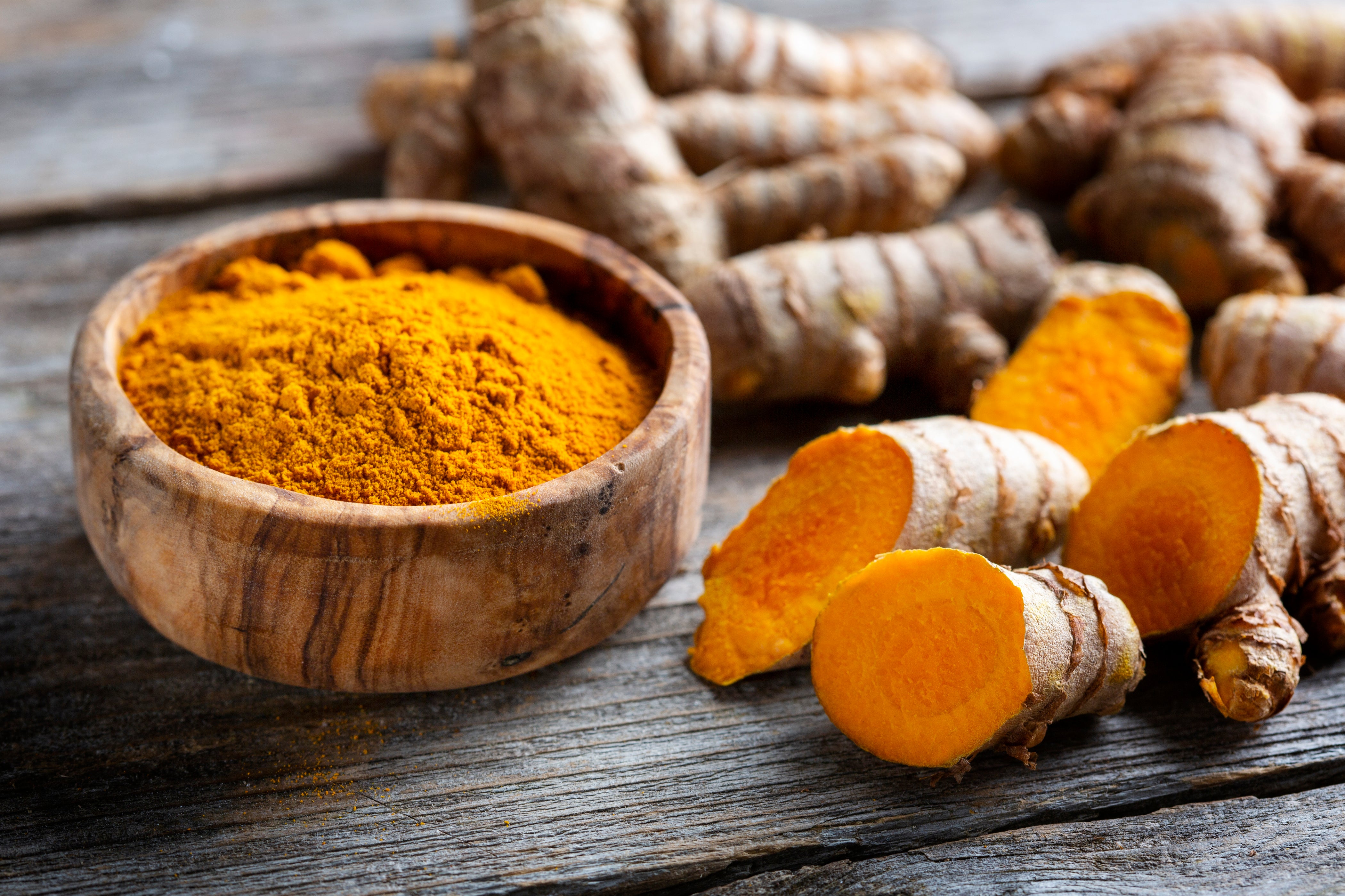The turmeric
The turmeric

In the world of superfoods, turmeric It has occupied a special place. Known for its bright yellow color and as a key ingredient in curries, turmeric is more than just a spice. It's a true superfood with interesting properties. In this article, we'll explore the plant's diverse health benefits, look at how to incorporate it into your diet in simple and delicious ways, and why it's considered a superfood.
What is turmeric?
Turmeric, also known as Curcuma longa, is a plant native to South Asia and belongs to the family of Ginger family The spice is obtained from the dried and ground roots of the plant. It is not only a staple in Indian cuisine but also a central component of Ayurvedic medicine.
The use of this powerful plant dates back thousands of years. It was used in traditional Indian medicine to treat various ailments. Its popularity has spread worldwide over time, and today it is valued in both culinary and natural medicine.
Health benefits of turmeric
Turmeric contains Curcumin, an active ingredient with potent anti-inflammatory properties. Studies have shown that curcumin can reduce inflammation in the body, which may be helpful in treating conditions like arthritis.
Curcumin is also associated with improved brain function. It is capable of promoting brain cell growth and has the potential to slow neurodegenerative diseases. The plant can also influence heart health. The plant's antioxidant properties can improve heart health and thus reduce the risk of heart disease.
Some studies suggest that curcumin may also inhibit the growth of cancer cells and reduce the spread of cancer. However, it should be emphasized that further scientific studies are needed to fully confirm this suspected connection.
In addition to all these diverse properties, turmeric also promotes digestion and can help relieve digestive problems such as bloating and gas. It stimulates bile production, which particularly supports efficient fat digestion.
Turmeric in the kitchen
The spice derived from the plant is versatile and a key ingredient in curries. It also works well in soups, sauces, and marinades to create a unique flavor.
Turmeric is also available in capsule or tablet form as a dietary supplement. This form offers a convenient way to enjoy the benefits of turmeric, especially if you don't like the taste or need a higher dose.
The plant also combines excellently with other superfoods. For example, combining it with black pepper can improve the absorption of curcumin. It also pairs well with ginger, cinnamon, and honey.
Turmeric can also be used wonderfully in drinks. A popular drink is "Golden Milk" Latte, a blend of turmeric, milk (or a milk alternative), and other spices, is a drink that's not only delicious but also healthy.
You can easily mix your own “Golden Milk” latte as follows:

Preparation:
- In a small saucepan, combine the milk, turmeric, cinnamon, black pepper, and ginger (if using).
- Heat the mixture over medium heat, ensuring it doesn't boil, but only simmers gently.
- Let the mixture simmer gently for about 10 minutes to allow the flavors to develop, stirring occasionally.
- Strain the ginger, if using, and pour the milk into a cup.
- Sweeten the golden milk with honey or another sweetener.
- Stir and enjoy!
Conclusion
Turmeric is more than just a spice; it's a versatile superfood with an impressive list of health benefits. From its anti-inflammatory effects to boosting brain and heart health, turmeric offers a simple and natural way to improve your well-being. Whether in the kitchen, as a supplement, or in beverages, there are many ways to incorporate turmeric into your daily routine. With its unique combination of flavor and health benefits, turmeric is a superfood that no kitchen should be without.
Finally, it's important to note that although turmeric is safe when used in normal amounts in food, caution should always be exercised when taking it as a dietary supplement. Excessive consumption can cause digestive problems. As with most superfoods, more is not always better.




